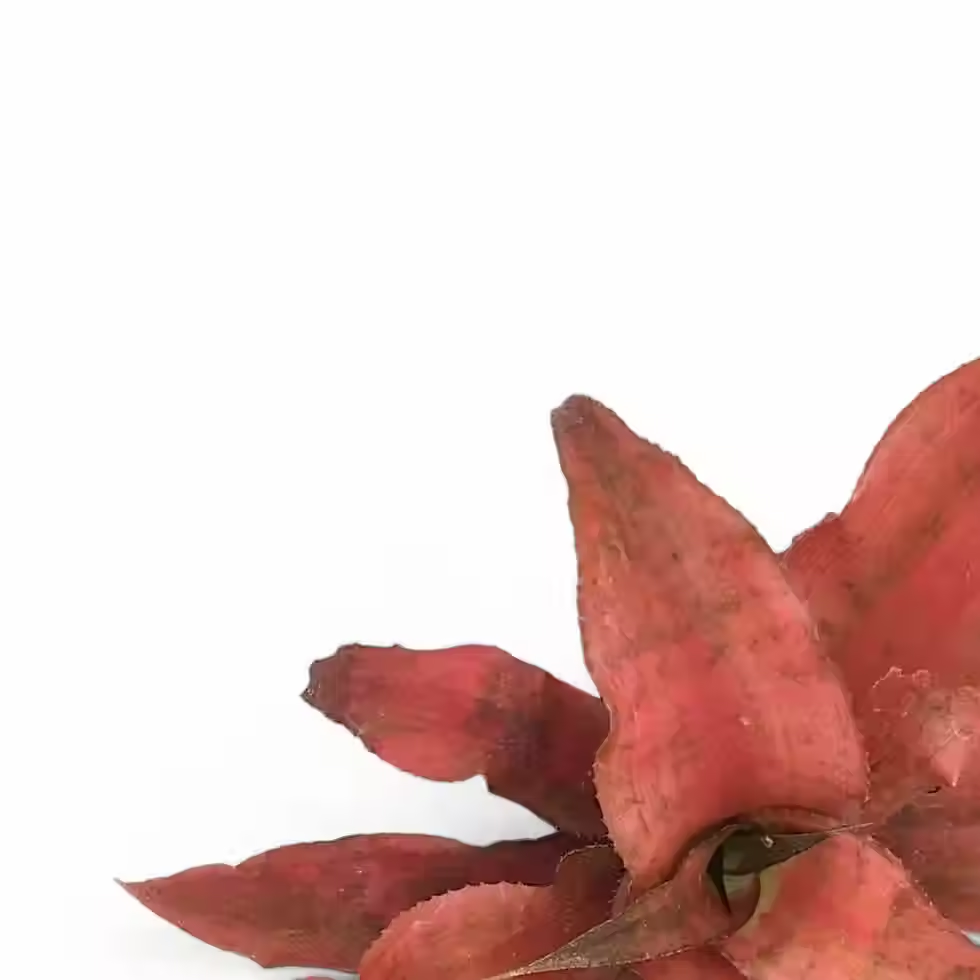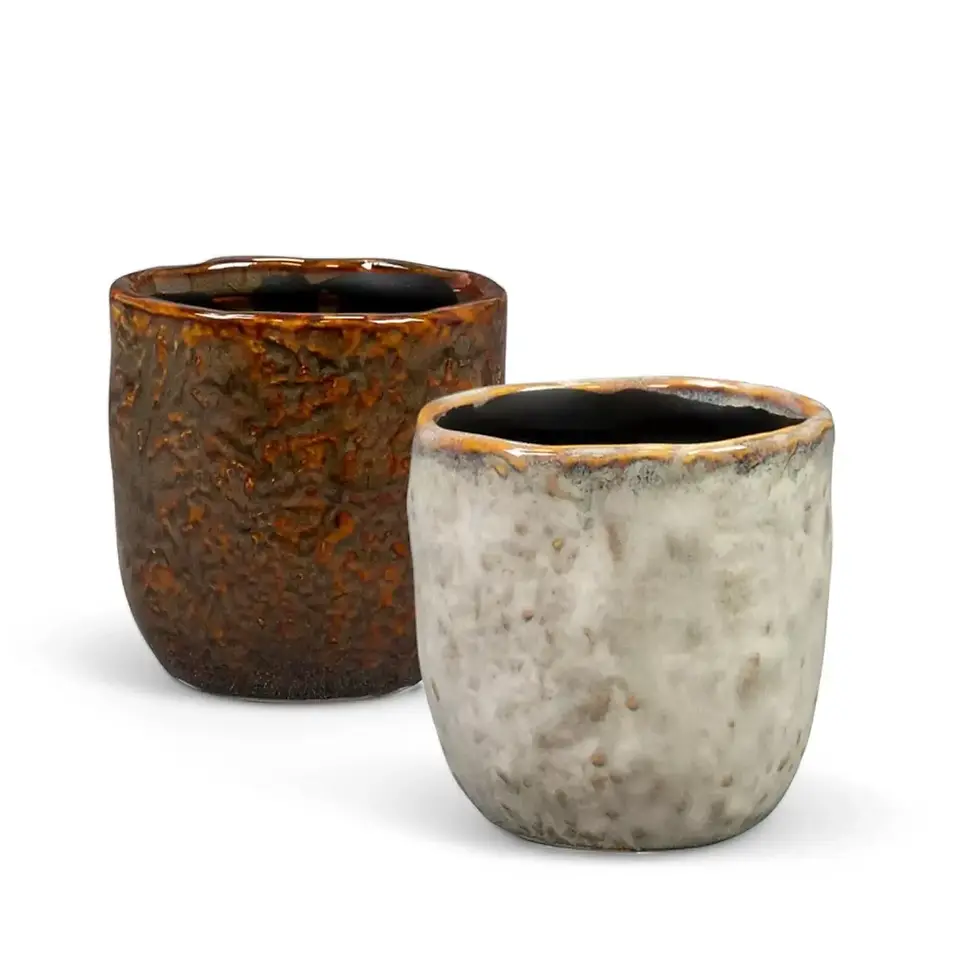Zamioculcas zamiifolia – Thick stems, glossy leaves, low-maintenance growth
Zamioculcas zamiifolia – Foliage, Form and Indoor Appeal
Zamioculcas zamiifolia is the definition of reliable structure. Thick, upright stems grow from underground rhizomes and are lined with symmetrical, glossy green leaflets that reflect light like polished stone. The plant forms a sculptural, upright clump that stays clean, neat, and bold — no pruning required.
Whether placed solo or grouped, this plant’s deep green tone and architectural habit bring calm and structure to any setup. It’s built for survival: slow-growing, drought-tolerant, and unfazed by forgetful care. If you want strong visual impact with almost zero effort, Zamioculcas delivers.
Key features of Zamioculcas zamiifolia
- Leaf texture: Glossy, firm, and symmetrical
- Growth habit: Upright, clumping with thick petioles
- Height: Reaches 60–100 cm indoors
- Color: Deep green throughout, even in low light
- Structure: Grows from underground rhizomes that store water
Habitat origin and natural behavior of Zamioculcas zamiifolia
This species is native to dry grasslands and rocky lowland forests in eastern Africa, from Kenya to Mozambique. It grows in partial shade and survives long droughts thanks to its water-storing rhizomes. In nature, temperatures stay between 20–35°C with infrequent but heavy rainfall.
As a houseplant, ZZ Plant remains slow-growing and compact. It spreads by rhizome expansion at the base and rarely produces flowers indoors. All parts of the plant are toxic to pets and humans if ingested, and sap may irritate skin — handle with care during propagation or repotting.
How to care for Zamioculcas zamiifolia indoors
- Light: Tolerates low light, but grows best in bright, indirect light
- Water: Let the soil dry completely between waterings; overwatering is the main risk
- Humidity: No special humidity requirements
- Temperature: Thrives between 18–30°C; avoid cold and drafts
- Soil: Fast-draining mix — cactus soil or a chunky aroid blend works well
- Repotting: Only when pot is filled with rhizomes; every 2–3 years
- Fertilizing: Light monthly feeding during active growth is enough
- Propagation: Division of rhizomes or leaf cuttings rooted in water or soil
- Hydroponics: Not recommended; prefers dry, aerated substrate
- Pruning: Minimal — remove old or yellowing stems at base
Issues and how to troubleshoot them
- Yellow leaves: Usually from overwatering or root rot — check roots and reduce moisture
- Wrinkled or drooping stems: Underwatering or long dry periods — rehydrate thoroughly
- Brown spots: Can indicate cold exposure or poor drainage
- Soft rhizomes: Sign of rot — cut out affected parts and repot in fresh dry mix
- Pests: Rare, but may occasionally attract fungus gnats — let soil dry and use sticky traps
Additional notes for long-term care
Zamioculcas zamiifolia thrives on neglect — less is often more. Avoid overwatering, place it somewhere with consistent temperature and even minimal light, and it will reward you with years of hassle-free growth. Its underground rhizomes mimic a survival system seen in drought-adapted plants across Africa — meaning it’s naturally prepared for inconsistent care.
Botanical name meaning and discovery
The genus name Zamioculcas combines “Zamia” (a cycad genus with similar leaf structure) and “Culcas” (an old name for Colocasia), reflecting its resemblance to both. The species name zamiifolia means “with leaves like Zamia.” It was officially described in 1905 and remained largely unknown in cultivation until the late 1990s, when it became popular for indoor use due to its extreme durability.
FAQs about Zamioculcas zamiifolia
How often should I water my ZZ Plant?
Every 2–4 weeks depending on season and light — allow the soil to fully dry out before watering again.
Is ZZ Plant safe for pets?
No — it's toxic if ingested and may cause irritation, so keep it out of reach of animals and children.
Can ZZ Plant live in a dark corner?
It can survive in low light, but growth will be slower. It will tolerate it, but won’t thrive long-term without brighter conditions.
Order today and enjoy years of easygoing greenery with Zamioculcas zamiifolia — no fuss, all structure.
Zamioculcas zamiifolia
Zamioculcas zamiifolia comes in following sizes:
XS – is approximately 35 cm tall and comes in a ⌀ 12 cm pot
S – is approximately 45 cm tall and comes in a ⌀ 14 cm pot
M – is approximately 60 cm tall and comes in a ⌀ 17 cm pot
L – is approximately 80 cm tall and comes in a ⌀ 21 cm pot
XL – is approximately 100 cm tall and comes in a ⌀ 27 cm pot

























































